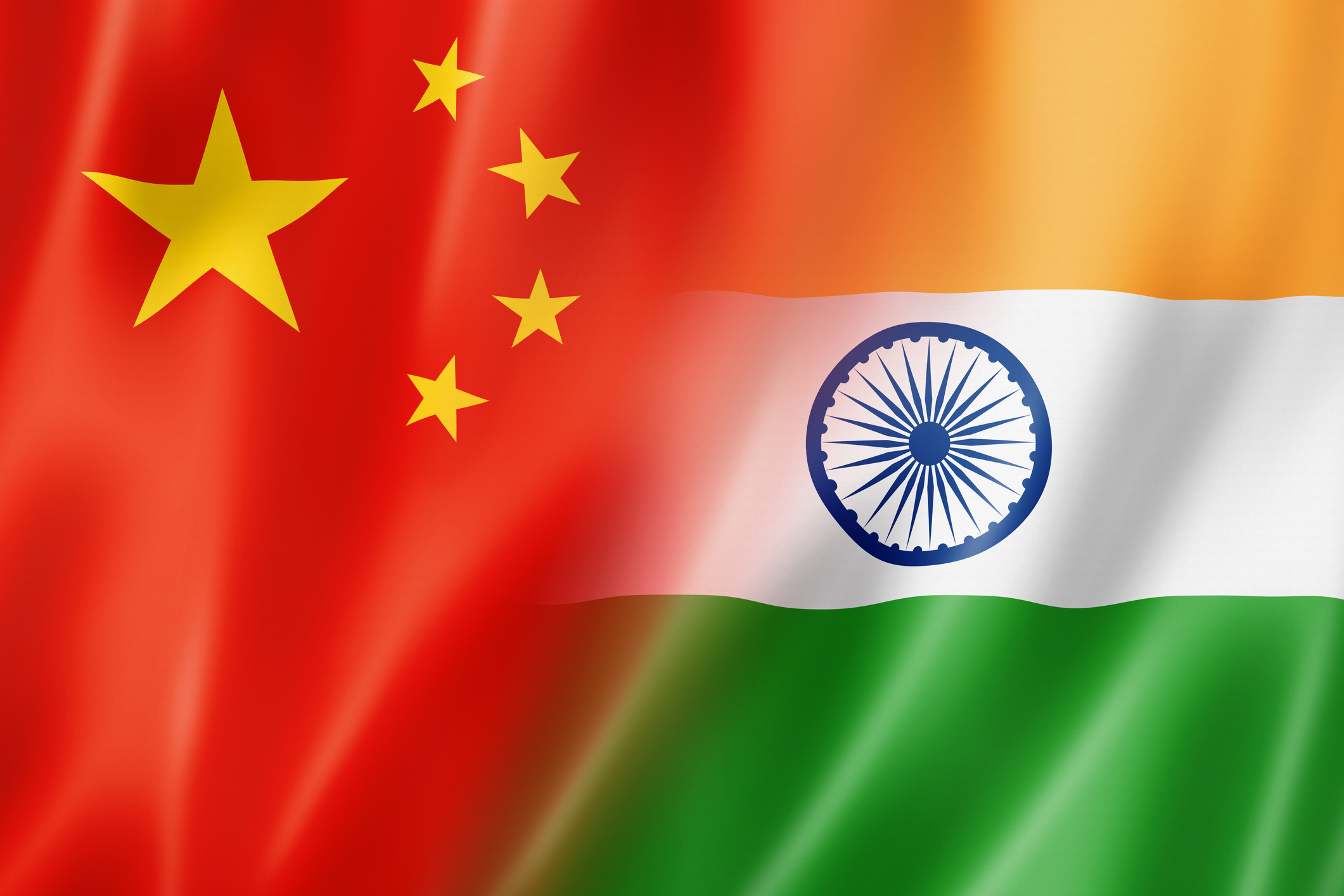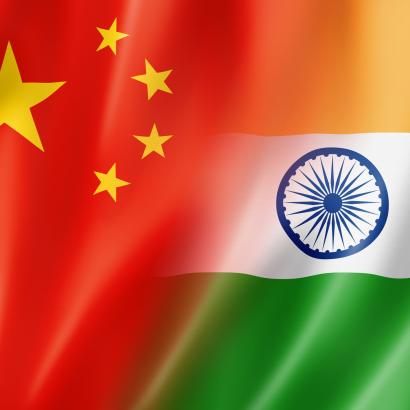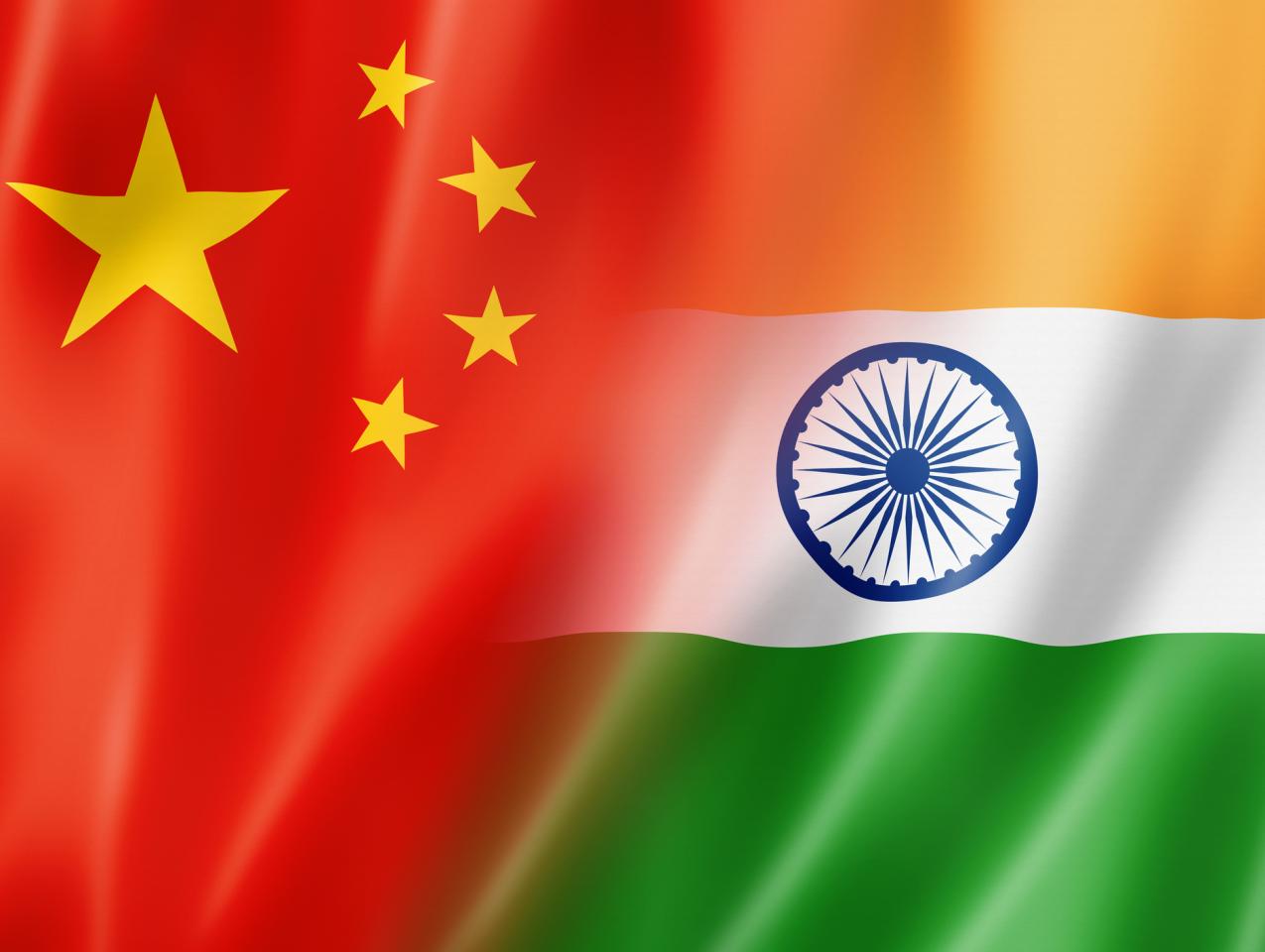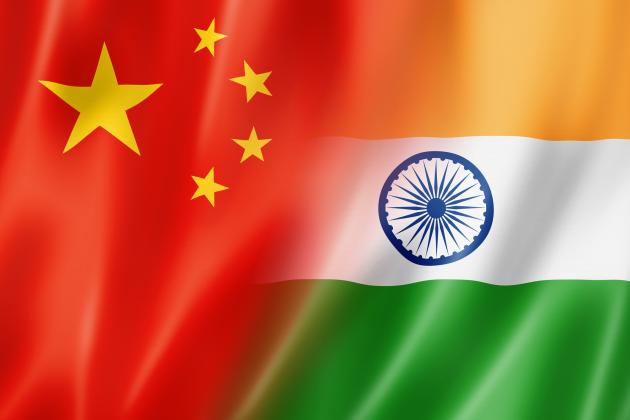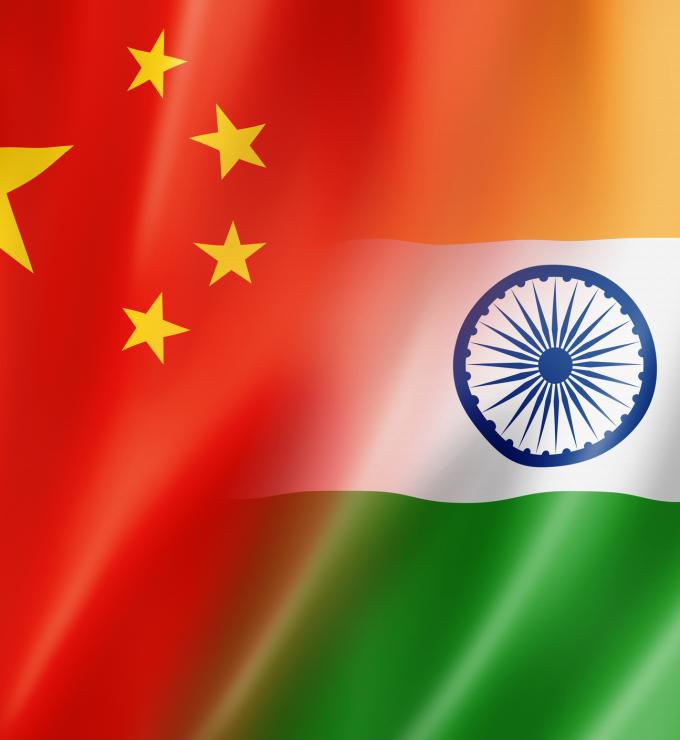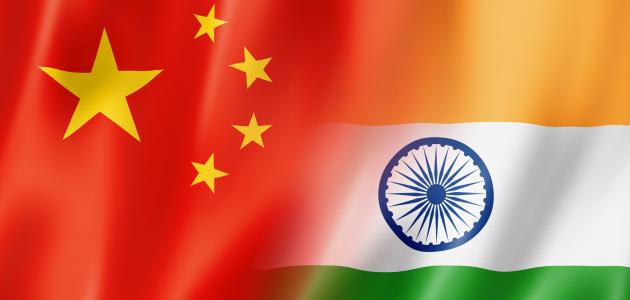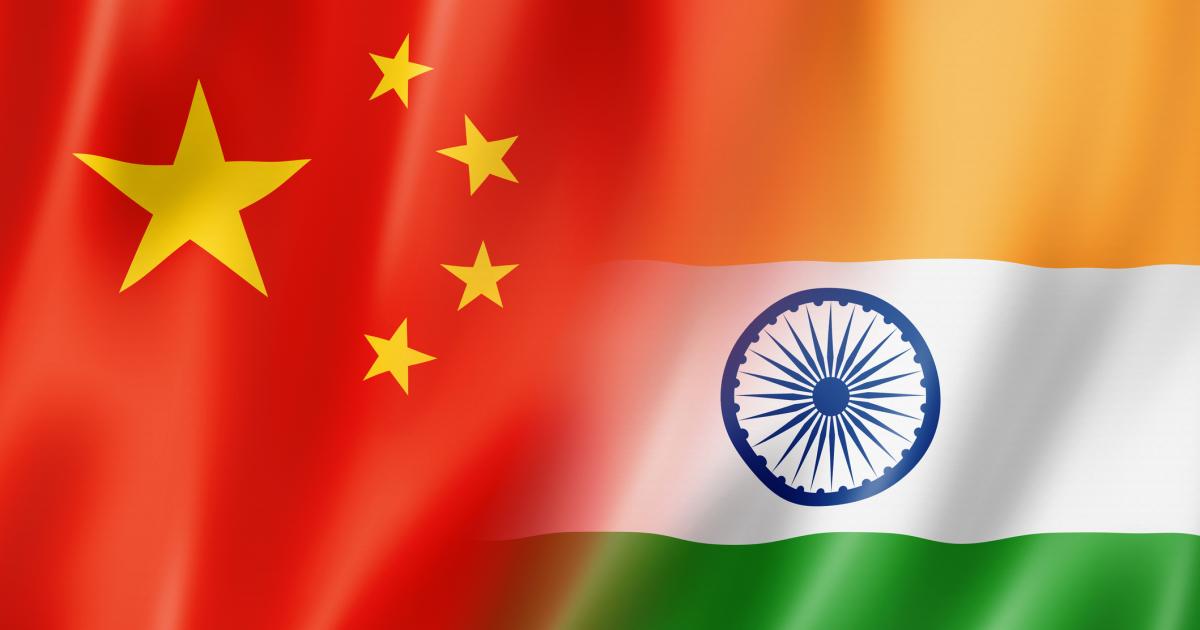The violent encounter between Chinese and Indian troops during the 2020 Ladakh Crisis highlighted the unresolved nature of Sino-Indian territorial (or spatial) rivalry. The Sino-Indian territorial dispute has remained contentious for decades despite one war (in 1962) and several militarized crises. In fact, China and India have the longest unmarked frontier in the world. Nevertheless, in our book, The Sino-Indian Rivalry: Implications for the Global Order, we argue that the Sino-Indian positional rivalry may be equally or even more consequential than their territorial rivalry.
Positional rivalries are about status and relative rank. The positional dimension of the Sino-Indian rivalry is historically conditioned, as both China and India have historical claims to leadership in overlapping parts of Asia, especially in the Himalayas and in Southeast Asia. More specifically, we explain the 1962 Sino-Indian War as a positional war for leadership in Asia. In other words, it was not just a territorial dispute, as it had underlying positional causes and consequences.
Ever since their emergence as modern states in the late 1940s, China and India have been in a strategic rivalry, one in which states view each other as distinctive enemies, over positional issues in Asia. Their positional contest was on display in various pan-Asian forums such as the 1947 Asian Relations Conference and the 1955 Bandung Conference. China and India were also competing for influence in the Himalayas and in Southeast Asia. This was especially true for matters pertaining to Tibet. Beijing even approached New Delhi in the 1950s on matters related to Sino-Tibetan relations, and as China was trying to reach out to Tibet’s other Himalayan neighbors in Nepal, Sikkim, and Bhutan. At the same time, Tibet also had implications for the Sino-Indian territorial rivalry, and in many ways connected their positional and spatial rivalry. However, India’s disastrous defeat in the 1962 Sino-Indian War removed India’s larger strategic role in Asia for many decades. This has come to the fore yet again only in more recent decades with the simultaneous but asymmetric rise of China and India.
In addition to their positional contest, we also highlight and explain another notable dimension of the Sino-Indian rivalry: asymmetry. It is now a cliché to say that the Chinese economy is five times larger than the Indian economy. However, we show that their economies were more or less the same size until about 1987. Nevertheless, the asymmetric nature of the Sino-Indian rivalry predates their material-power asymmetry. They are asymmetric rivals because even as India’s elites perceive (and have perceived) China as India’s principal rival, more consequential than Pakistan, China’s elites have regarded India as a lesser rival, of less significance than China’s other rivals like the United States (or the Soviet Union). If anything, their differential ascent of recent decades has added to this asymmetric perception because China has economically risen much faster than India since 1987.
China has also developed more comprehensively than India. This feature of China’s relative ascent vis-à-vis India has created newer asymmetries in the Sino-Indian rivalry: in the economic, nuclear, and naval domains. China’s more comprehensive economic rise is reflected in its military ascent, and therefore has implications for the Sino-Indian territorial dispute. However, China is also emerging as the preferred partner for India’s South Asian neighbors, and consequently, China’s asymmetric economic rise also has implications for India’s position in South Asia.
Similarly, their nuclear and naval rivalries are asymmetric. China is modernizing its nuclear and naval forces with its principal rival, the United States, as a benchmark. However, India is modernizing its forces with China and Pakistan as putative adversaries.
These asymmetric dynamics are consequently transforming their relationship from a dyadic rivalry to a far more complex rivalry involving Pakistan and the United States. The growing strategic alignment between Pakistan and China—which began in the 1950s and has continued into the present era with the China-Pakistan Economic Corridor (CPEC) becoming the flagship project of the Belt and Road Initiative—has transformed Pakistan into China’s strategic surrogate. Given that the CPEC (and the Karakoram Highway) traverse Indian-claimed territory under Pakistani administration, China is now a much-involved player in the India-Pakistan territorial dispute. At the same time, the Sino-Pakistani military and nuclear relationship further heightens the Indo-Pakistani and Sino-Indian rivalries. Not only does the Sino-Pakistani alignment undercut India’s position in South Asia but it also reduces India’s standing in Asia at large by keeping it focused on South Asian affairs. In other words, this “triadic” rivalry is not without pan-Asian consequences.
Furthermore, the contours of a much larger Asian—and even global—game are also beginning to take shape with the involvement of the United States. The Sino-Indian rivalry is in the process of fusing with the Sino-American rivalry as the Indo-American strategic partnership consolidates and as the Sino-American rivalry escalates. The rise of China, America’s changing approach to the region, and India’s gradual ascent are all transforming Asia’s strategic geography as the traditional boundaries between South Asia, East Asia, and Southeast Asia begin to blur, in addition to connecting the maritime dynamics in the Western Pacific and the Indian Ocean. As Asia’s leading rising power, China has the potential to make a bid for regional hegemony in this “larger” Asia. However, any such Chinese quest will intensify the Sino-Indian rivalry as this increasingly interconnected larger Asian region is the theater of their positional contest.
Finally, regional hegemony in a consequential region (such as Asia) will provide the emerging regional hegemon (China) with the capabilities to challenge the United States for leadership at the systemic level. While the probability of conflict in this budding global-regional rivalry should not be minimized, the history of global wars over the past five centuries suggests that global wars tend to start not as global wars per se. Instead, they often begin as regional wars in which the expanding lead land power forges an opposition coalition into being to contain its expansion. In turn, the system’s predominant maritime power usually leads this opposing coalition.
Whether or not India formally joins a US-led coalition to check China’s rising power, India’s growing alignment with the United States points towards increasingly interconnected Sino-Indian and Sino-American rivalries. Put differently, a Sino-Indian regional war has some probability greater than zero of creating an opportunity or opportunities for escalation that drags in the United States, with potentially systemic consequences. In addition to Korea, Taiwan, the South China Sea, and the East China Sea, India and the Indian Ocean are now a fifth potential flashpoint in US-China relations. The Sino-Indian rivalry is now a part of the larger mosaic of regional and global power competition.







